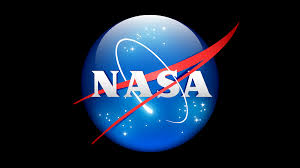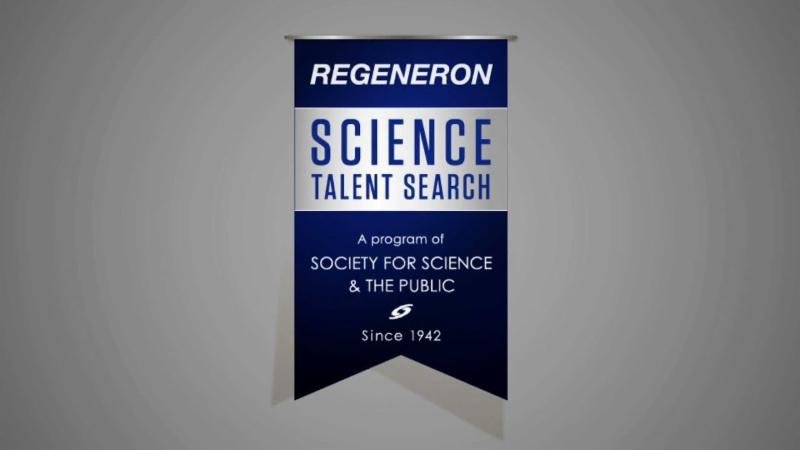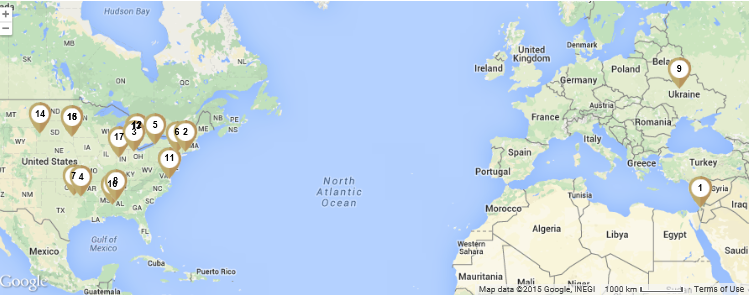September
September 2018 News Brief
The “Trees Around the GLOBE” Student Research Campaign Launches in Conjunction with the NASA ICESat-2 Satellite on 15 September!

In conjunction with the launch of NASA’s ICESat-2 (Ice, Cloud, and Land Elevation Satellite), GLOBE is launching a new “Trees Around the GLOBE” student research campaign – and is now calling on all GLOBE students and teachers to start taking tree height measurements on the day of the launch: 15 September.
ICESat-2, which will launch from Vandenberg Air Force Base in California, USA, will use lasers and a very precise detection instrument to measure the elevation of Earth’s surface. By timing how long it takes laser beams to travel from the satellite to Earth and back, scientists can calculate the height of glaciers, sea ice, forests, lakes and more.

The GLOBE campaign will be focusing on one exciting variable that the ICESat-2 satellite will measure: tree height. Measuring tree height is a gateway to understanding many things about the environment. The structure of tree canopies has a huge effect on how ecosystems function and cycle through carbon, water, and nutrients. NASA scientists will periodically review the tree height data – and use it as satellite data validation, and in potential professional research.
The campaign will run from 15 September 2018 through 15 September 2021. It will create an organized community of students who take tree height measurements; compare these measurements to established NASA programs; research tree height data from other GLOBE schools and countries; and take supplemental protocol measurements like Green Up/Green Down and Land Cover Classification. Students are also encouraged to take location baseline protocol measurements of Air Temperature, Surface Temperature, Soil Temperature, and Carbon Cycle. (To learn more about these protocols, click here.) Once the satellite is in orbit and taking measurements, you will be able to compare your tree height data to the tree height data from ICESat-2.
To learn more about the NASA ICESat-2 satellite mission, click here.
To learn more about the campaign, click here.
GLOBE Teachers: Set Up Your Data Site Today!

Did you know that the GLOBE website offers a step-by-step video tutorial showing how to set up your school’s data site so that you can begin entering data into GLOBE? Well, it does and you can get started today!
Downloads and additional training materials available are:
- A video for offline viewing;
- A presentation (used in the video) download for offline use; and/or
- A download that offers a step-by-step guide to walk you through site creation and data entry (PowerPoint or pdf).
Click here for more information and downloads. And, as always, if you have questions about this effort, send us an email at help@globe.gov.
Join Millions Around the World on 15 September for World Cleanup Day! Let's Do it World!

On 15 September, join millions of people in more than 15 countries worldwide working to rid our planet of trash – cleaning up beaches, rivers, forests, and streets in one of the biggest peaceful civic actions in human history. This powerful “green wave” will start in New Zealand and will end 36 hours later in Hawaii, with participants working toward one goal: a clean and healthy planet.
Ten years ago, the “Let’s Do It World” movement started in Estonia, also a GLOBE country, when nearly 50,000 people (approximately 5 percent of the Estonian population) came together to clean up mismanaged waste in one day. The efforts that took place that day inspired people around the world to follow the same ambitious “one country-one day” formula.
To join this inspirational global cleanup initiative, please visit www.worldcleanupday.org.
Join the movement!
Opportunities for U.S. Teachers
U.S. opportunities are often highlighted in the News Brief simply because we are more aware of them through our local media; however, if there are opportunities for GLOBE students and/or teachers in your region you would like us to highlight in the coming months, please send the information to communications@globe.gov.
NASA STEM Educator Webinars

Anniversaries

Congratulations to the 06 GLOBE countries celebrating anniversaries of successful GLOBE implementation during the month of September:
Bulgaria – 20 years
08 September 1998
Chad – 23 years
27 September 1995
Qatar – 18 years
27 September 2000
Saudi Arabia – 16 years
30 September 2002
Taiwan – 05 years
06 September 2013
Thailand – 19 years
30 September 1999
News Brief Archive
All past issues of the GLOBE News Brief are available in the online Archive.

Connect With Us
The GLOBE Program depends on you to let us know what is happening in your regions, countries, communities, and classrooms. Send us news you would like to share with the GLOBE Community and we'll include it in next month's News Brief. Be sure to include photos, too.
Send your message to communications@globe.gov
Be sure to follow us on social media! Just click on the icons below.












